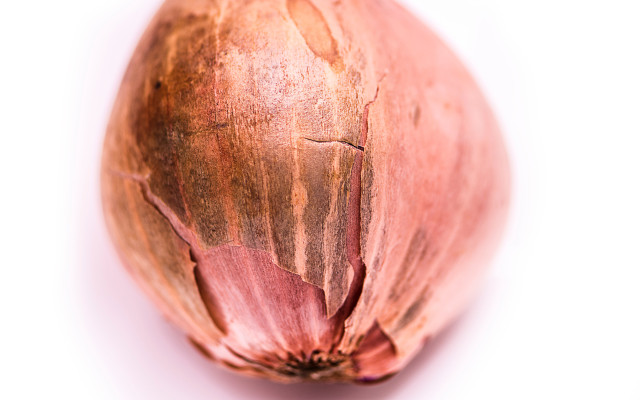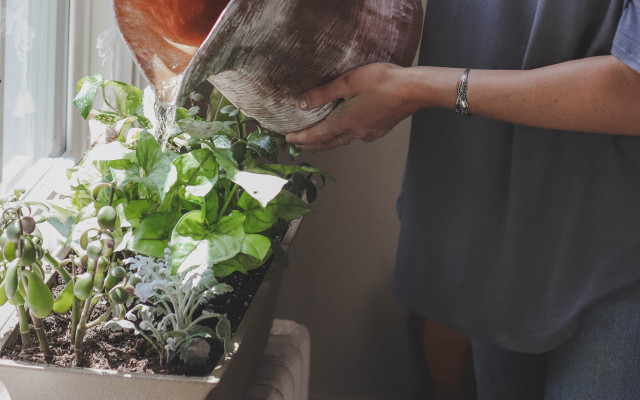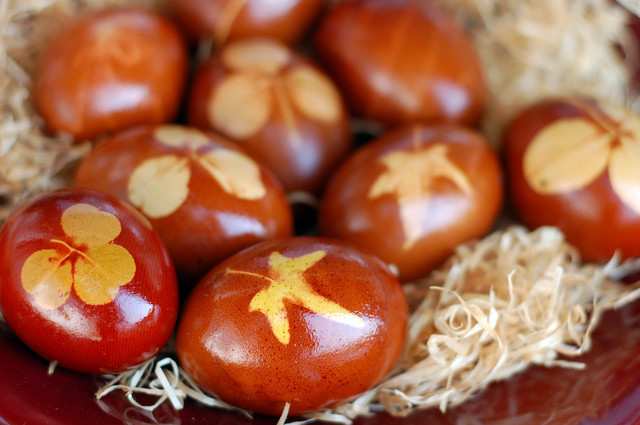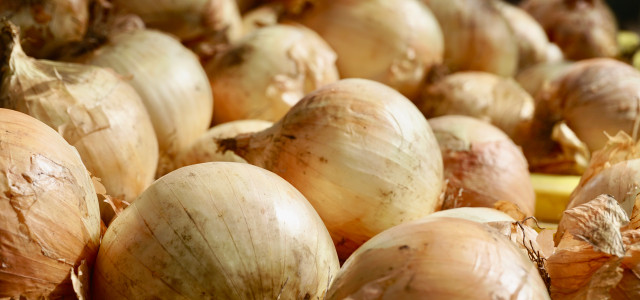Onion skins are almost always bound for the trash or compost. Believe it or not, these vegetable scraps are incredibly healthy and can be easily reused. Here’s how.
Americans wasted approximately 31% of the country’s total food supply in 2016. This equates to a total of 72 billion pounds of food annually, 54 billion pounds of which are wasted in the home. Food waste impacts countrywide food security, takes a toll on resource conservation and contributes to methane emissions from landfills.
So, where do onion skins come into play? Well, we also waste a lot of good food simply because we’re unaware of its reusable properties. You can creatively reuse many vegetable scraps such as radish greens, potato peels, melon seeds or cauliflower stalks – you name it. Onion skins are no exception.
The 54 billion pound mountain of food waste would likely be nowhere the size it is today if people knew exactly what they were throwing away. Onion skins and its outer layers contain rich fibre which, if consumed in sufficient quantities, are said to reduce the incidence of heart disease, diabetes, colon cancer and obesity. Furthermore: Onion skins also contain flavonoids, which are also said to have vascular-protective and cancer-preventing effects, and other healthy substances.
Here are just some sustainable ideas for putting onion skins back to use:
1. Use Onion Skins in Soups

One great way to put onion skins back to use with other healthy ingredients is in soups. Simply add washed (organic!) skins to the pot for cooking a soup and fish them out again when you’re done. Onion skins aren’t only healthy, but also lend soups a unique flavor and color.
Utopia’s tip: Homemade Vegetable Broth Recipe: Easy, Organic and with Freshest Ingredients
2. Natural Hair Dyes



Onion skins are also make an excellent base for natural hair dyes (free from unpleasant odors!). Looking for enhanced color and shine without the unhealthy chemicals? Here’s how it’s done:
Add around a handful of brown onion skins to a pot filled with two cups of water (some blogs recommend mineral water) and bring to a boil. Let simmer for five minutes, cool and filter through a sieve.
Add the natural onion skin hair dye to your hair shortly after washing it and let it soak in (recommendations vary from 30 minutes to an hour). Repeat this process until you’ve found just the right red-brown color tone that fits you best. This onion skin hair dye will last for about six to eight washes.
Utopia’s tip: How to Use Coconut Oil for Your Hair: 3 Tips
3. Turn Onion Skins into Plant Food



Onion skins can also be quite useful in keeping your garden or house plants healthy. Simply pour around 4 cups of hot water over about 10 grams of onion skins, allow to cool and sieve. When it’s time to water the plants, this “tea” provides them with nutrients and prevents mold growth.
Like this idea? Here are some more: Keep Your Houseplants Alive: 10 Tips for Healthy Indoor Plants
4. Natural Easter Egg Dyes



There’s no need for synthetic dyes to dye beautiful Easter eggs. Simply use onion skins to produce a beautiful, natural golden brown natural Easter egg dye. Plus, natural egg dyes help you avoid plastic packaging from pre-colored eggs and store-bought dyes found at the supermarket. Why not give this sustainable alternative a try this year? Some leftover vegetable scraps will do just the trick:
To turn your eggs a deep golden brown, add a handful of onion skins to two cups of water and boil for 20 minutes.
Utopia’s tip: Another clever and sustainable household hack for dyeing Easter eggs is reusing old coffee grounds.
5. Onion Tea: Home Remedy for Colds



You’re probably asking yourself: “Onion juice in a tea, seriously? Won’t that that taste disgusting?” Surprisingly enough, the taste of this homemade onion tea is rather palatable and mighty sweet once you add honey or sugar. Onion tea acts as an expectorant and possesses antibacterial properties which make it a good household remedy for treating a persistent cough.
This tip calls for the entire onion, including the skin. Here’s how to put onion skins to use in a tea:
Simply slice an onion with its skin and boil it in about two cups of water for at least five minutes. Drain the onion tea and drink it as hot as possible in small sips. Sweeten with honey or sugar as desired.
Stop Food Waste
We can all play our part in reducing food waste with sensible and sustainable everyday decisions when it comes to food. Meal prep with a healthy grocery list instead of impulse grocery shopping, storing food correctly, proper fridge organization and knowing when to freeze food are just a few examples.
Creative kitchen reuse doesn’t need to stop at onions. You can simply and easily process leftover veggie scraps (those which you can eat raw) right down into a smoothie: Mix together in a blender adding some water and any additional fruits, herbs, spices or a bit of ginger according to taste.
Check out more here: Reuse Vegetable Scraps: Skip the Trash and put Food back on your Plate
Important Information regarding Health-related Topics.
** Links to retailers marked with ** or underlined orange are partially partner links: If you buy here, you actively support Utopia.org, because we will receive a small part of the sales proceeds. More info.Do you like this post?






